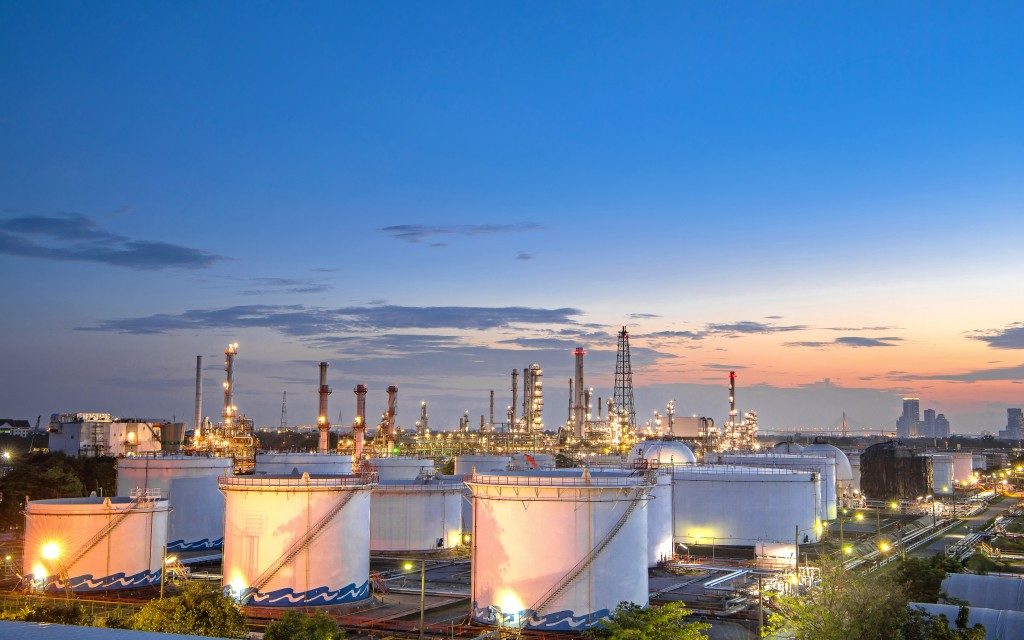In states like Texas, the oil and gas industry is a big deal. With many large oil production companies being founded and currently headquartered in the country, the industry is responsible for tens of thousands of jobs in such areas. Among these are engineers who oversee the production and distribution of crude oil.
These engineers are in charge of the pipelines used to transport oil within an oil field. They also maintain processing plants, storage tanks, and commercial distributors. These pipelines must function correctly to prevent accidents. Here are some pipes regularly used in the oil and gas industry:
Flowlines
These are typically found in an actively producing oilfield. They connect an oil wellhead to the overall production plant. In more extensive oilfields, multiple flowlines might connect to only one oil wellhead. Flowlines feed into gathering pipelines, which then connect to the rest of the refinery. Because flowlines deal with crude oil and natural gas, they are the most prone to methane leakages and gas emissions. Flowlines must always be maintained to prevent accidents or explosions.
Gathering pipelines
These are used in delivering the oil and gas products from the processing plants to the storage tanks. These tanks are specially designed to collect and hold oil at different stages of the refinery process. Because of this, gathering pipelines must be able to withstand medium to high pressures and temperatures. Gathering pipelines are among the shortest and smallest types of pipes employed, as storage tanks are not located far from the storage tanks. However, they are also subject to regulations in moderate to densely populated residential areas.
Transmission pipelines
These are used to transport oil and gas products from the oil production site to multiple states and countries. In particular, they move the products from the sites to distribution centers, where they are then distributed to the companies and households that need these.
Transmission pipelines are among those that operate at the highest pressures. Furthermore, because they are spread out over such long distances, they mustn’t leak or burst. This makes protection against corrosion and defective welding an absolute must.
Distribution pipelines

These refer to the system of pipes used by distribution companies to deliver natural gas to homes and businesses. The gas is then used for activities such as cooking, or as an energy source.
There are two kinds of distribution pipelines: main pipelines and service pipelines. Main pipelines are used to transition between high-pressure transmission pipelines and the low-pressure service lines. As a result, they are typically made up of durable and robust materials like iron, steel, plastic, and copper.
Service lines, on the other hand, deliver the natural gas straight to the customers. They are connected to a meter that helps monitor the gas used. Service pipelines usually deal with the lowest pressures among all pipes.
The oil and gas industry continues to be one of the largest sectors in the world. It is responsible for providing fuel and power, and many countries depend on oil and gas production for their economy.

